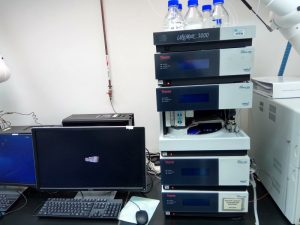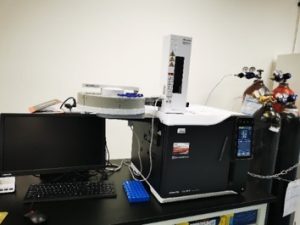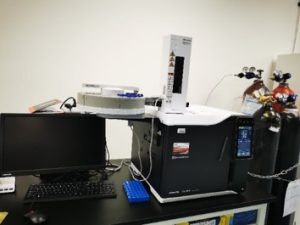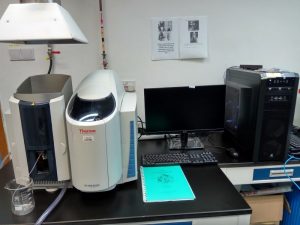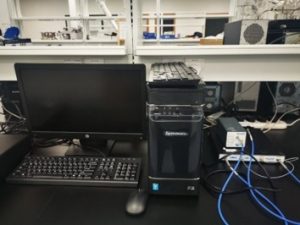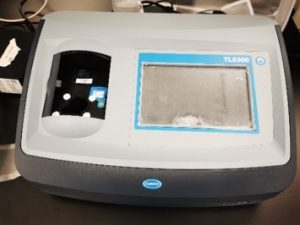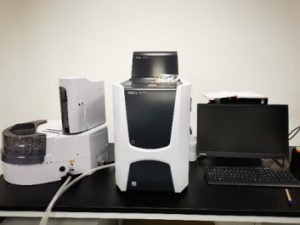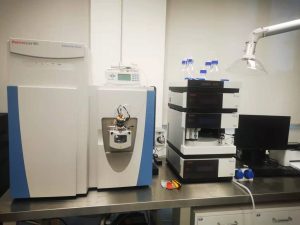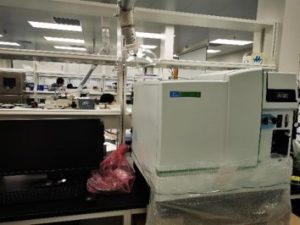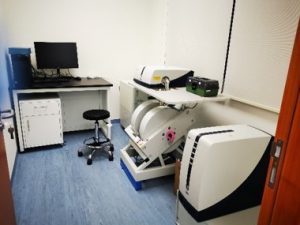Laboratory for Ocean Environmental Pollution Analysis and Assessment
| Location | E11-G016 |
| Academic Staff in charge | Prof. Jie XU, Prof. Yongjie LI, Prof. Tianwei HAO, Prof. Ping ZHANG |

Introduction
The Laboratory for Ocean Environmental Pollution Analysis and Assessment of CRO is meant for comprehensive chemical characterization of the occurrence and processes of environmental contaminants in coastal regions.
The lab has various start-of-the-art instruments for environmental analysis and assessment. It is equipped with gas chromatograph flame ionization detection (GC-FID) and gas chromatograph mass spectrometry (GC-MS) for relatively volatile organic contaminants, ion chromatography (IC) conductivity detection for ionic contaminants, liquid chromatography-photodiode array and fluorescence detectors (HPLC-PDA/FLD) and liquid chromatography mass spectrometry (LC-MS) for polar organic contaminants, and inductively coupled plasma a mass spectrometry (ICP-MS) for metallic contaminants.
In addition, several real-time mass spectrometers for particulate matter (PM) and volatile organic compounds (VOCs), including the time-of-flight aerosol chemical speciation monitor (ToF-ACSM), direct analysis in real time mass spectrometer (DART-MS), and proton transfer reaction mass spectrometer (PTR-MS), are used for online detection of atmospheric pollutants. Other equipment for studying the processes of contamination transport or transformation quartz crystal microbalance (QCM) and electron paramagnetic resonance (EPR) spectroscopy.
Overall, these instruments in the lab can be used to perform comprehensive characterization of pollution in coastal region, spanning from air, water, to soil/sediment, which provides invaluable support for investigation and assessment of the situation of environmental pollution in different compartments of the coastal region
Facilities
|
High Performance Liquid Chromatography (HPLC) |
|
Gas Chromatography (GC) |
|
Ion Chromatography (IC) |
|
Atomic Absorption Spectroscopy (AAS) |
|
UV-VIS Spectrophotometer (UV) |
|
Total Organic Carbon (TOC) Analyzer |
|
Liquid Chromatography Mass Spectrometry (HPLC-MS) |
|
Gas Chromatography – Mass Spectrometry (GC-MS) |
|
Inductively Coupled Plasma Mass Spectrometry (ICP-MS) |
|
Time of Flight Mass Spectrometry (TOF-MS) |
|
Quartz Crystal Microbalance with Dissipation (QCM-D) |
|
Electron Paramagnetic Resonance (EPR) |


